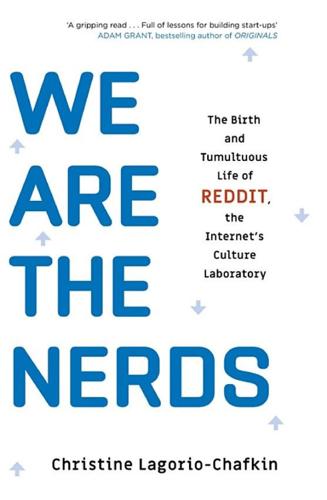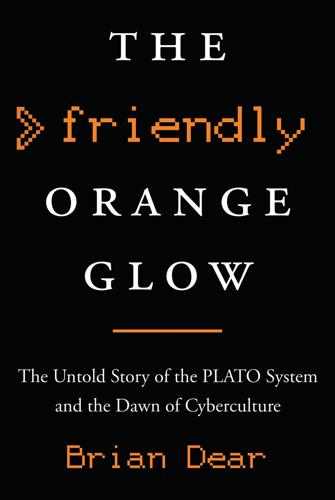Palm Treo
description: a line of smartphones originally developed by Handspring and later Palm Inc.
8 results

The End of Work: Why Your Passion Can Become Your Job
by
John Tamny
Published 6 May 2018
You never know, but the iPhone could be yesterday’s news at some point. Figure that we’ve seen this before. At one time, BlackBerry was king of the smartphone hill. In 2005, National Public Radio decreed the BlackBerry “a must-have gadget, a wireless hand-held computer that can send e-mail and make phone calls,”5 and compared it to the Palm Treo. Heard anything about that recently? To be fair, when NPR reported on the BlackBerry, it was the dominant product. No one was thinking that a computer or Internet company might produce a marketable smartphone. Palm’s CEO observed in 2006, “We’ve learned and struggled for a few years here figuring out how to make a decent phone.

Designing Search: UX Strategies for Ecommerce Success
by
Greg Nudelman
and
Pabini Gabriel-Petit
Published 8 May 2011
After the product has been identified, the customer has full access to a rich and complex variety of data Amazon collected about the product, which includes samples, reviews, and social networking features. We are just starting to scratch the surface of these types of massively distributed “human-mobile-world” interactions. Although image-processing speeds are improving—witness the smooth, fast scrolling of iPhone photo album images versus the slow shuffle of images on an “old” Palm Treo—the time it takes to process images on a mobile device and send them back and forth from a server is still the biggest barrier to this type of technology. After the image feedback loop becomes nearly instantaneous, the augmented reality and near field computing will truly come into its own, bringing the digital world ever closer to the real world and ushering in the arrival of a brave new world of visual browsing.

Dogfight: How Apple and Google Went to War and Started a Revolution
by
Fred Vogelstein
Published 12 Nov 2013
Few production lines even had experience manufacturing multitouch screens. There were touchscreens in consumer electronics, but over the years these had typically been pressure-sensitive touchscreen devices on which users pushed on-screen buttons with a finger or a stylus. The PalmPilot and its successors such as the Palm Treo were popular implementations of this technology. Even if multitouch iPhone screens had been easy to make, it wasn’t at all clear to Apple’s executive team that the features they enabled, such as onscreen keyboards and “tap to zoom,” were enhancements that consumers wanted. As early as 2003 a handful of Apple engineers, who had done cutting-edge academic work with touch interfaces, had figured out how to put multitouch technology in a tablet.

Liftoff: Elon Musk and the Desperate Early Days That Launched SpaceX
by
Eric Berger
Published 2 Mar 2021
No one wanted to sit around for two weeks, far from home with nothing to do, so the engineers would fly back to Los Angeles while waiting for new components to get built, and delivered to Kwajalein. Other times, a seemingly intractable issue would be resolved shortly after the launch team left the atoll. The SpaceXers carried Palm Treo smartphones at the time. On one occasion when they were flying home during the Flight One launch campaign, they had just landed in Honolulu when their phones started buzzing. The launch team were told they might have to turn around, but they were advised to continue home. Upon arriving at Los Angeles International Airport at 7:30 P.M., they learned they would in fact need to return to Kwaj, but the next outbound flight was not until early the following morning.

The Everything Blueprint: The Microchip Design That Changed the World
by
James Ashton
Published 11 May 2023
From time to time, East would meet Sean Maloney, Intel’s executive vice president and the general manager of its mobility group. The shaven-headed Londoner was regarded as chief executive Paul Otellini’s de facto deputy. With the introduction of a new microprocessor core, StrongArm was rebranded as XScale in 2000. It had little success getting into cellphones but did better with handheld computers such as the Palm Treo, Research in Motion’s BlackBerry and HTC devices. Still, Arm directors had their reservations about Intel’s commitment to the partnership. In February 2005, at the mobile industry’s big annual gathering, the 3GSM World Congress, the industry was in bullish mood as it geared up for a second wave of growth.

We Are the Nerds: The Birth and Tumultuous Life of Reddit, the Internet's Culture Laboratory
by
Christine Lagorio-Chafkin
Published 1 Oct 2018
Huffman was told that a Roosevelt had killed some of the trophies. Modern frat-life touches, though, abounded—billiards tables topped with glass, the better for beer pong, and giant mounted speakers to pump hip-hop through keggers. On Sunday evening at 7 p.m., Ohanian sat on Velásquez’s couch and stared at his Palm Treo, an early smartphone. After an excruciatingly long fifteen minutes, it started buzzing. He answered the call, already excited. “I’m sorry, we’re not accepting you,” Graham said. Ohanian was devastated. Huffman, enraged, turned cold. To Ohanian, he appeared indifferent, but inside, he was fuming.

The Code: Silicon Valley and the Remaking of America
by
Margaret O'Mara
Published 8 Jul 2019
The closest the Valley came to realizing the dream was the ill-fated adventure of General Magic.2 By the early 2000s, other companies had achieved tremendous success with cell phones that featured e-mail and some very rudimentary Web browsing. The BlackBerry, a mobile phone featuring a tiny keyboard, became an indispensable device for legions of businesspeople in the first years of the decade, turning swift thumb typing into a badge of workaholic honor. The Palm Treo featured e-mail, a calendar, and a color screen. Then there were the mobile phone giants—Motorola, Nokia, Samsung—who with every year made their phones “smarter” by loading on features and Internet access and ever-smaller keyboards. Progress in microchip technology fueled the market, as the advanced reduced-instruction-set microprocessors (or ARMs) that had been helping make computers faster and cheaper for a decade were now capable of powering a device small enough to hold, capable of surfing the Web, and possessing enough battery life to be useful.3 However, the way these got made infuriated Jobs and fellow design purists.

The Friendly Orange Glow: The Untold Story of the PLATO System and the Dawn of Cyberculture
by
Brian Dear
Published 14 Jun 2017
In time the vision gets stale, and the visionary grows stubborn, as others dream up new visions that challenge then replace the old. It’s how we got Facebook, the answer to MySpace, which was the answer to Friendster. It’s how we got Google, which was the answer to AltaVista, Lycos, and Infoseek. It’s how we got the iPhone after the Palm Treo, Apple Newton, and flip phones. PLATO’s story is no different. But what a story. — The Friendly Orange Glow is divided in three parts. Part One, “The Automatic Teacher,” begins before PLATO with the story of the 1950s work of the psychologist B. F. Skinner. In subsequent chapters we’ll see how a confluence of people, ideas, national emergencies, and government mandates led to the creation of the PLATO system.